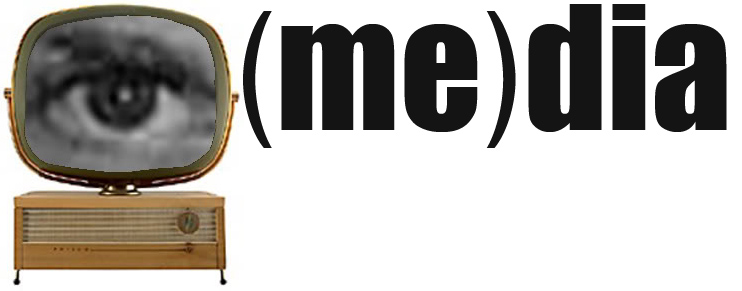***NEW ITEMS*** Be able to distinguish between and understand the basic principles of all of McLuhans Four Laws of Media.
Be sure that you understood and could identify (and distinguish between) the main ideas in the YOUTUBE "reading" *****
Be able to describe "Faith Informed Criticism" as Romanowski explains it.
What are the different cultural purposes that Romanowski suggests popular art serves?
How does the Hollywood narrative differ from the map of the Christian Cultural Landscape that Romanowski proposes Christian artists use?
What criticisms does Romanowski make about "Christian" music and its relationship to mainstream music?
What achievements does Romanowski take pleasure in in his book? What virtues does he celebrate? What failed opportunities does he lament? What weakness does he lament? (be prepared to respond to some of the examples he offers)
How does a reformed perspective of theology provide a unique perspective from a traditionally evangelical perspective of mass media?
What was the magic silver bullet theory of media effects?
Be able to explain the chronological development and structural differences between the magic silver bullet theory, limited effects theories, and uses and gratifications research and the cultivation approach
What is the two step flow?
How does fandom function to create identity and community?
Be able to apply principles from the fandom lecture to the film Trekkies.
What are the two archetypes used to pathologize fans does Joli Jensen describe?
How and why are fans depicted as pathological in our culture?
What is the third person effect and what's wrong with it?
Know the meaning of each of these terms: conglomerates, convergence, content aggregator, distributor.
Be able to identify the three various meanings of "convergence." How are each of these modes-of-convergence related to conglomerates?
Be able to understand key concepts related to transmedia flow: integral elements, extensions, spreadability, drillability, entry points and continuity vs. multiplicity.
Be able to make connections between "Massification," the two-step flow, drawing boundaries and I-Thou.
Be able to articulate fair use principles regarding use of copyright.
Be able to articulate the main points from the critique of sameness reading that we did in class (Adorno & Horkheimer) and how their ideas connect to other ideas we've talked about in our class.
What is New Media? Be able to articulate some of the opposing viewpoints about new media (does it offer subversive and liberatory tools? does it reinforce the dominance of Big Media increasing the isolation of the "Mass Man"? (And why do critics take these opposing points of view?)
Be able to identify key ideas from the documentary film we watched: GENERATION LIKE.
